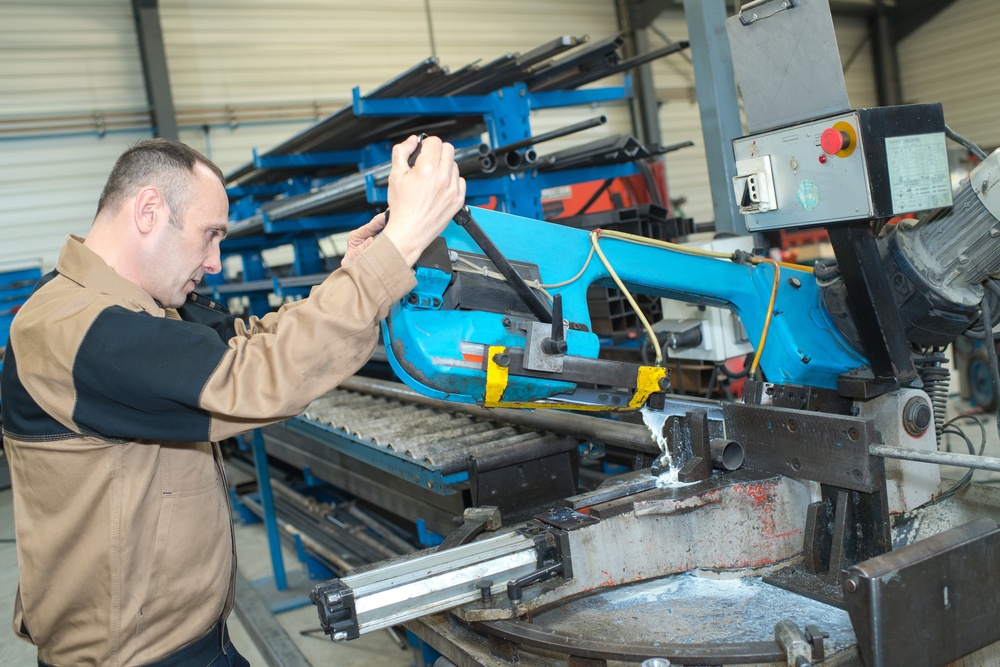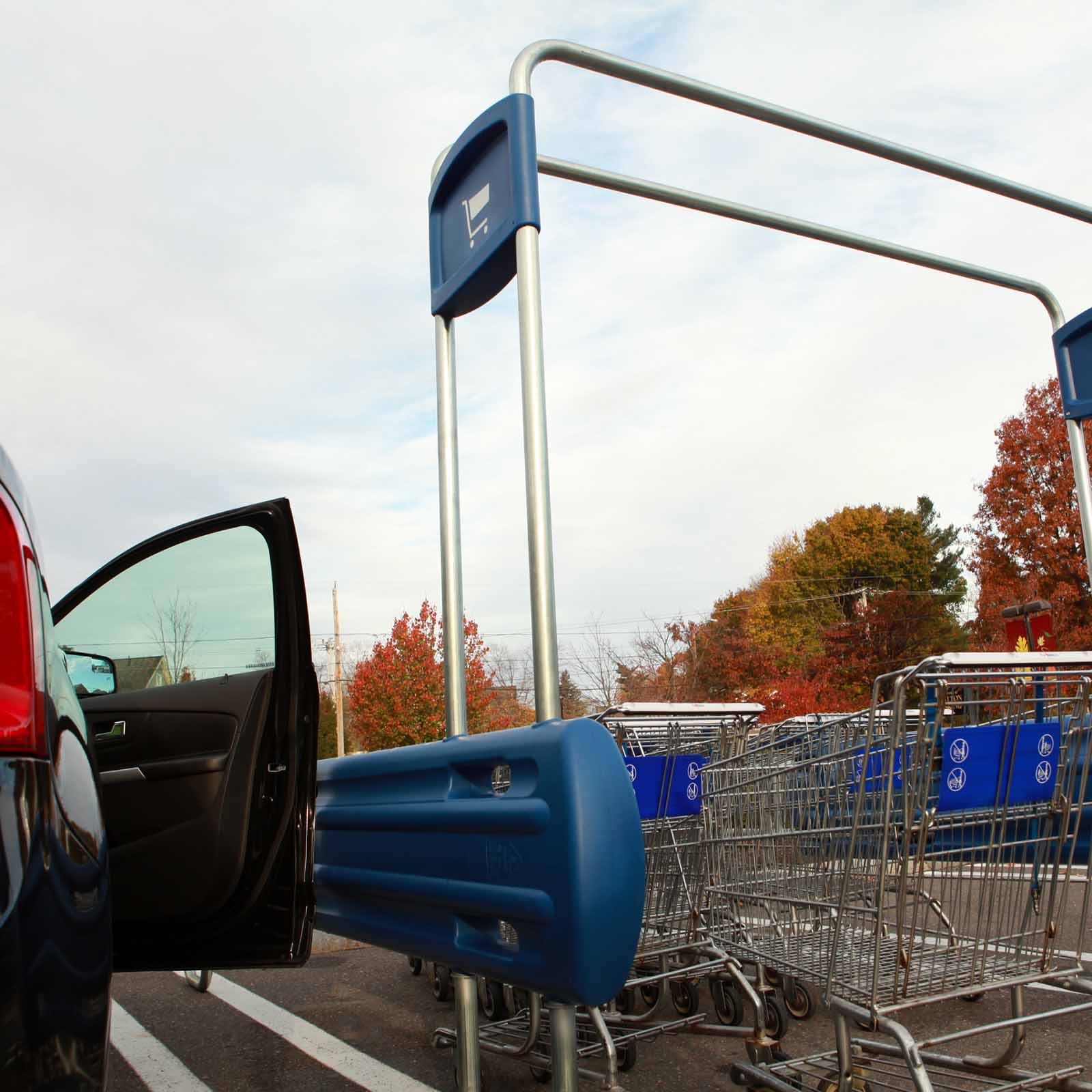Sticking to a quick turnaround time on maintenance projects can be tough when those projects involve coordinating a large group of workers and interconnected tasks. Here's a few tips on how to keep your repair team on a tight schedule without sacrificing work quality.

1. Create A Comprehensive Repair Schedule
The key to completing any project in an efficient manner is adequate planning. Make a list of all the repairs that need to be done, what materials they will require, who will be responsible and how long the task is likely to take. If you're unsure how much time and resources to allocate to a given task, do some quick web research to determine an appropriate project schedule. If you group tasks in a easily understandable and manageable way, (for example, using naming conventions to indicate the type of task and what expertise it requires) it will be easier to create a systemized attack plan that can be easily transmitted to your team. Make this schedule easily accessible so that everyone is on the same page with regards to project timeline goals, statuses and benchmarks.
2. Gather Parts and Materials Beforehand
You wouldn't start a recipe without checking that you had all the right ingredients, so why start a project without first gathering all the necessary parts and materials? When it comes to machine and warehouse maintenance, that usually means ordering a replacement part or sourcing building equipment in advance, so that it's available on site when you need it. Ordering parts and materials mid-project can lead to unnecessary delays and facility downtime.
3. Find the Right Balance
Like any other business investment, it's important to find the right balance between productivity and expenditure. Make sure that you're allocating enough workers to get the job done quickly, but aren't spending more resources than the project requires. To strike the right balance, it helps to have a record of previous maintenance repairs and their associated time and resource costs.
4. Keep A Detailed Record
Once a job is completed, it's important to take stock of the finished product and evaluate how resources were used. Keep a record of the work quality, task duration, quantity of materials, labor resources and any third party requirement used (such as a scaffold, extra labor, specialist, etc.). Keeping a detailed record will help you track your employees performance (track KPI), make more accurate time and resource forecasts and streamline future maintenance projects.




